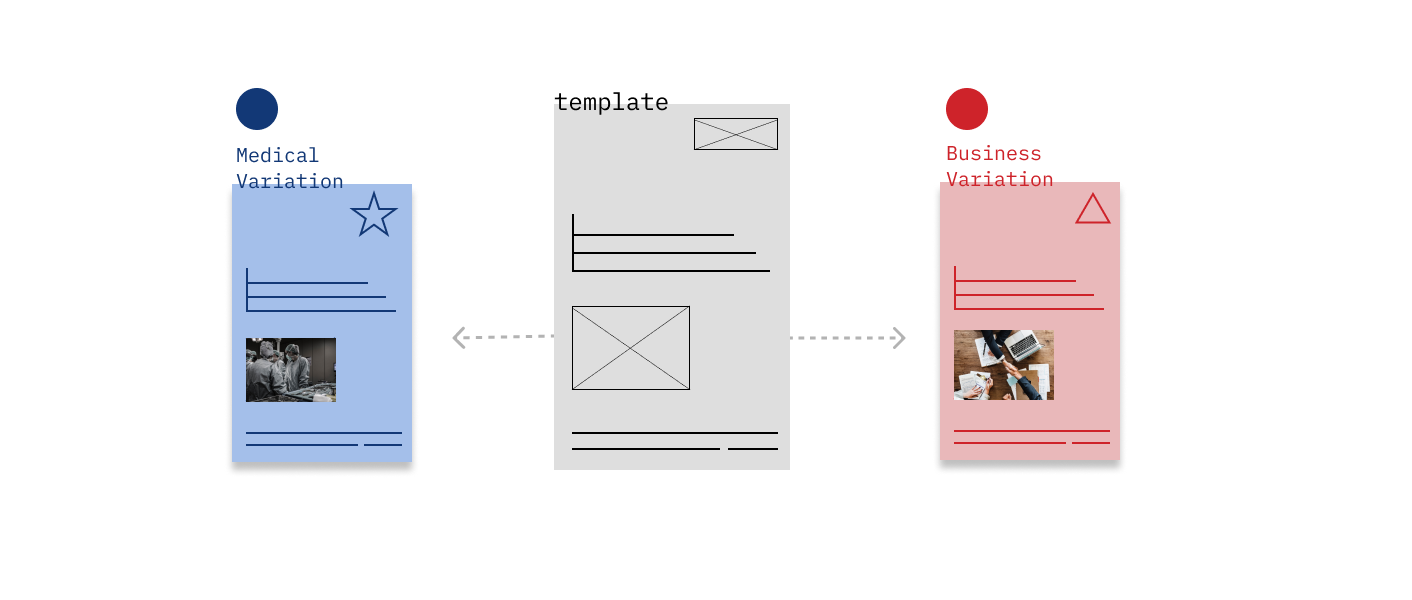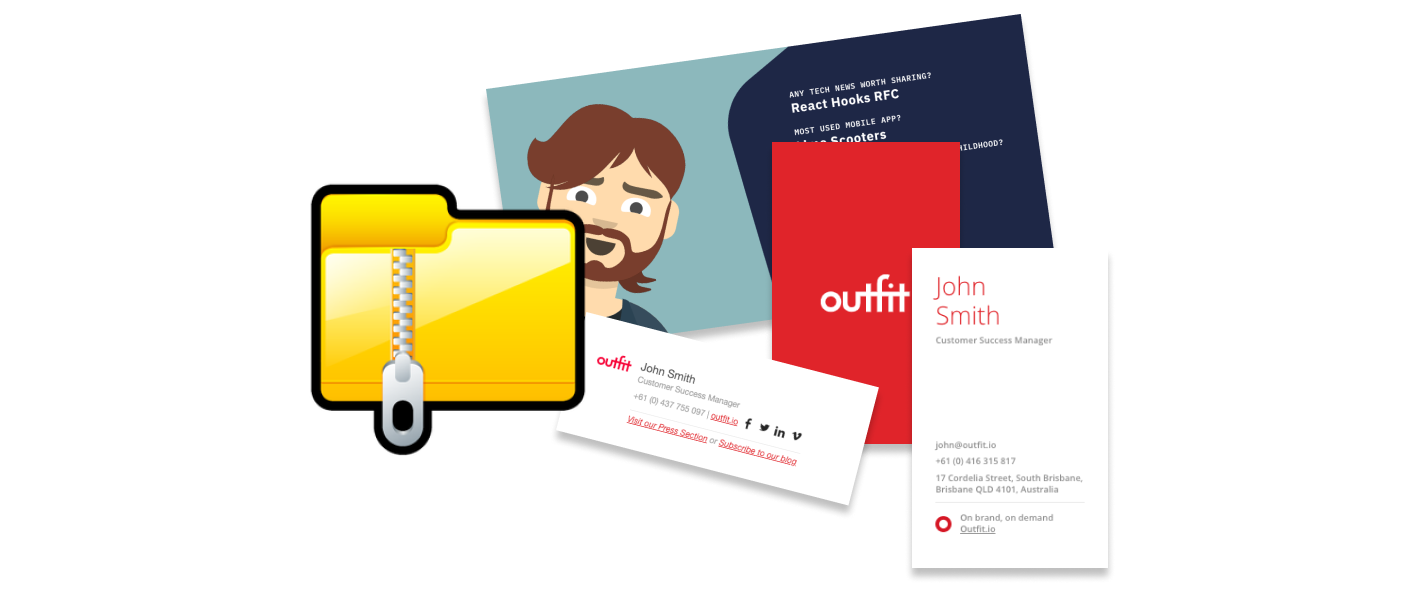While Outfit is a very versatile solution for any business looking to scale their production while protecting their brand, we understand that many of our customers' industries have unique requirements.
A huge part of what we do at Outfit has to do with empathy. We work with such a wide variety of organisations that there is no way one hat fits all heads. Physically stepping into the businesses of our customers across franchise, retail, education and service industries gives our team insights that shapes both the way we work with stakeholders and the way we innovate our technology.
A common differentiator between customer organisations is stakeholder collateral visibility and quality assurance processes. Let's take a look at three of the most common scenarios we see in Outfit that inform three ways to adopt Outfit.
Franchise Model: Generic Document Access with restricted flexibility
Unsurprisingly, in a franchise model we are working with a selection of disparate teams working with a range of identical procedures. What this means is that every piece of collateral created within Outfit must be of value to every franchisee within the network.
Typically what we see is a very restricted template with limited options for functionality, built-in location-specific meta data for seamless localisation. With the rules we bake into Outfit templates, this gives franchisees the freedom to tweak documents enough to fit a document for purpose, but not so much that they can do damage to the brand.
This then enables administrators to increase efficiency as an approval workflow is no longer required and quality assurance can be limited to periodic spot tests.
University Model: Segmented Document Access with an Approval Process
Our universities are a more complex model due to the highly segmented nature of faculties and schools, the sensitivity of information that may appear in documents and the legal requirement to display accurate information.
Below is a diagram to more clearly illustrate a typical university account setup:

On top of this dynamic segmenting of information and access, this model typically has a matrix of multi-tier approvers for different aspects of creative to ensure that, even with these safeguards, work is checked before landing in the hands of an external stakeholder.
Enterprise Model: Highly Flexible Documents used by large, centralised team
The final model capitalises on a network who have ample time resource in the hands of administrative and coordination staff and whose design-focussed employees are time-poor.
It is also a beneficial model for organisations whose front-line stakeholders are resistant to technological change and who are constantly crying out for more collateral.
Here we can give templates loads more flexibility and allow administrative staff to create localised folders of branded materials, and export a zip file of the collateral that can quickly and easily be sent to a salesperson, consultant or client liaison.
